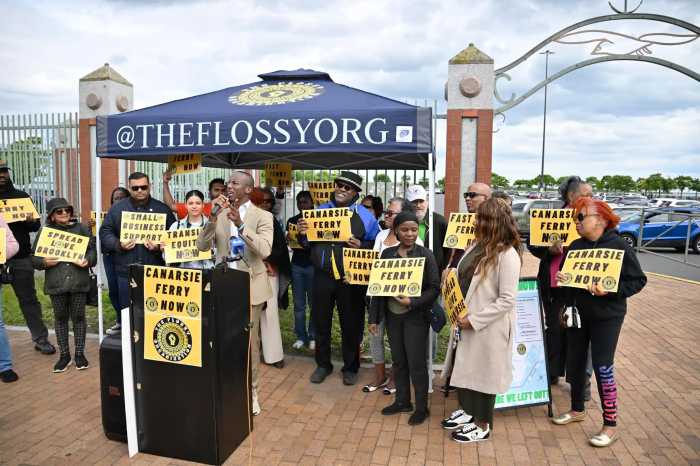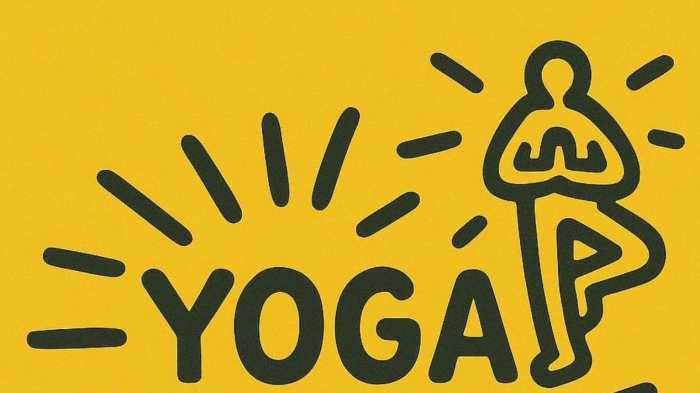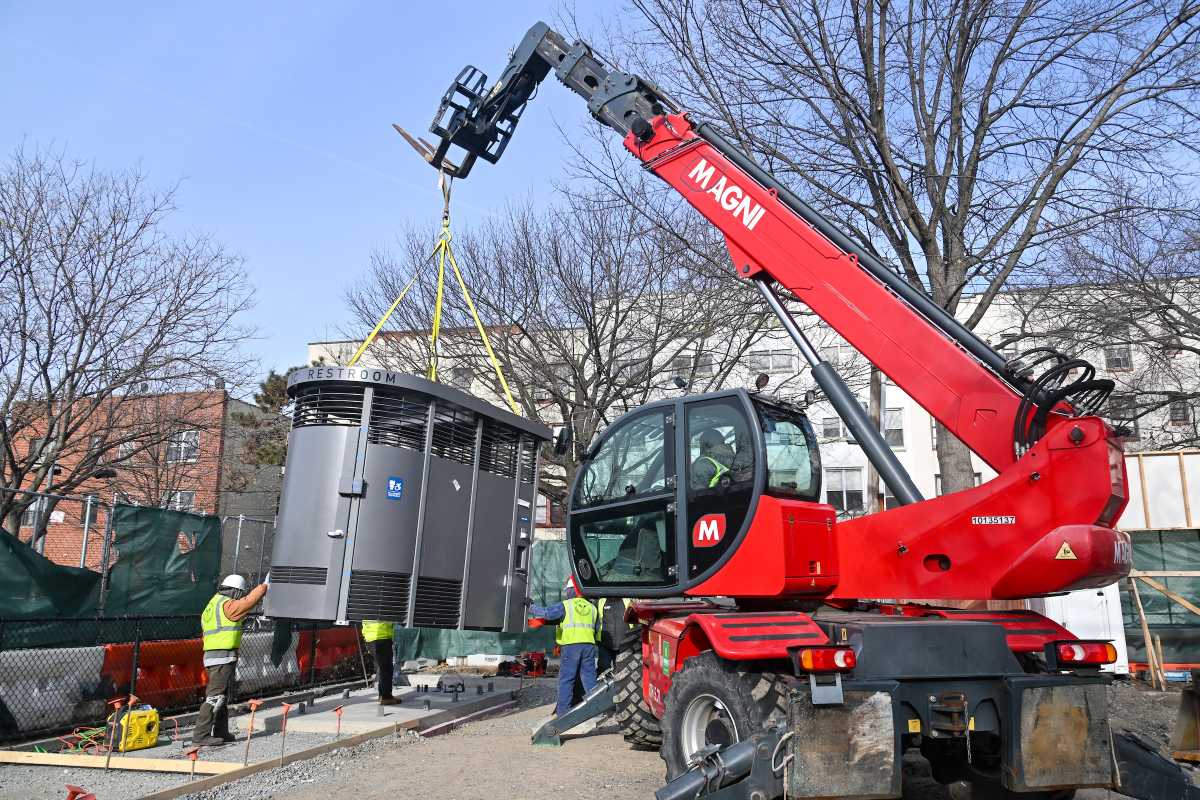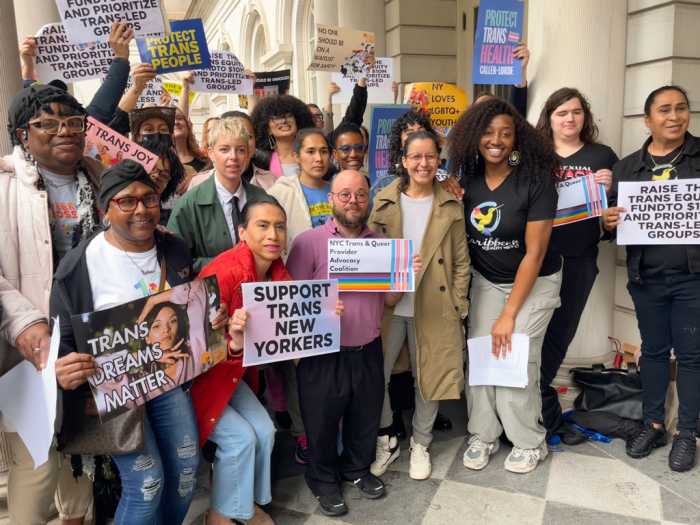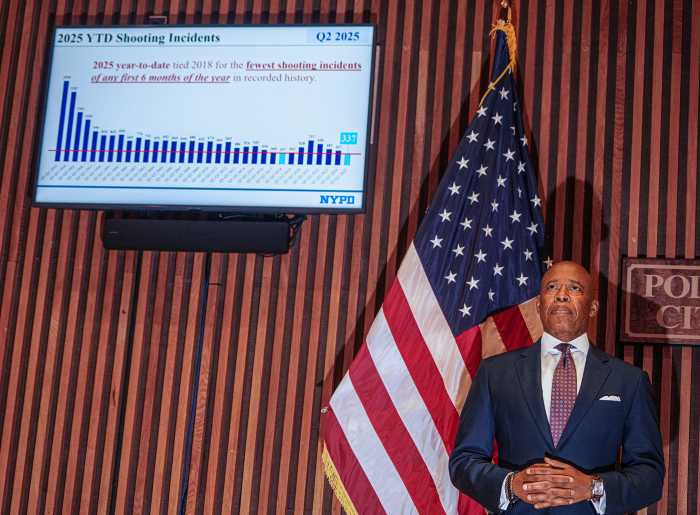Asthma is a rapidly growing public health problem. According to the Centers for Disease Control and Prevention:
• About 23 million people, including 6.8 million children, have asthma.
• Asthma prevalence is higher among families with lower incomes.
• 12 million people report having an asthma attack in the past year.
• Asthma accounts for nearly 17 million physician office and hospital visits, and nearly two million emergency department visits each year.
African Americans continue to have higher rates of asthma emergency department visits, hospitalizations, and deaths than do Caucasians:
• The rate of emergency department visits is 350% higher.
• The hospitalization rate is 240% higher.
• The asthma death rate is 200% higher.
Approximately 2 million Hispanics in the U.S. have asthma and Puerto Ricans are disproportionately impacted:
• The rate of asthma among Puerto Ricans is 125% higher than non−Hispanic white people and 80% higher than non−Hispanic black people.
• The prevalence of asthma attacks is highest among Puerto Ricans.
Asthma in Children
• Asthma is one of the most common serious chronic diseases of childhood.
• Asthma is the third−ranking cause of hospitalization among children under 15.
• An average of one out of every 10 school−aged children has asthma.
• 13 million school days are missed each year due to asthma.
More Facts
Annual expenditures for health and lost productivity due to asthma are estimated at nearly $20 billion, according to the National Heart, Lung, and Blood Institute.
Environmental Factors: Indoor and outdoor environmental factors can trigger asthma attacks: dust mites, molds, cockroaches, pet dander, and secondhand smoke.





